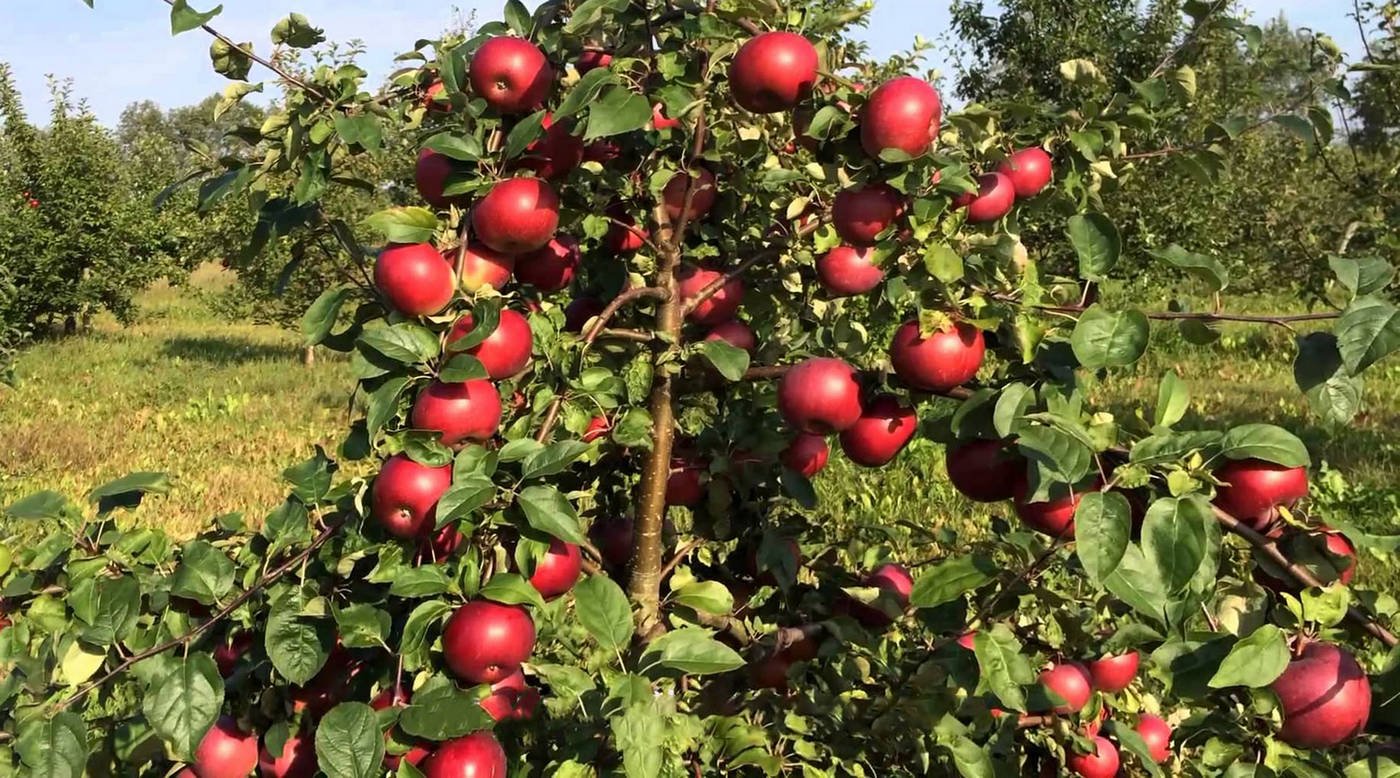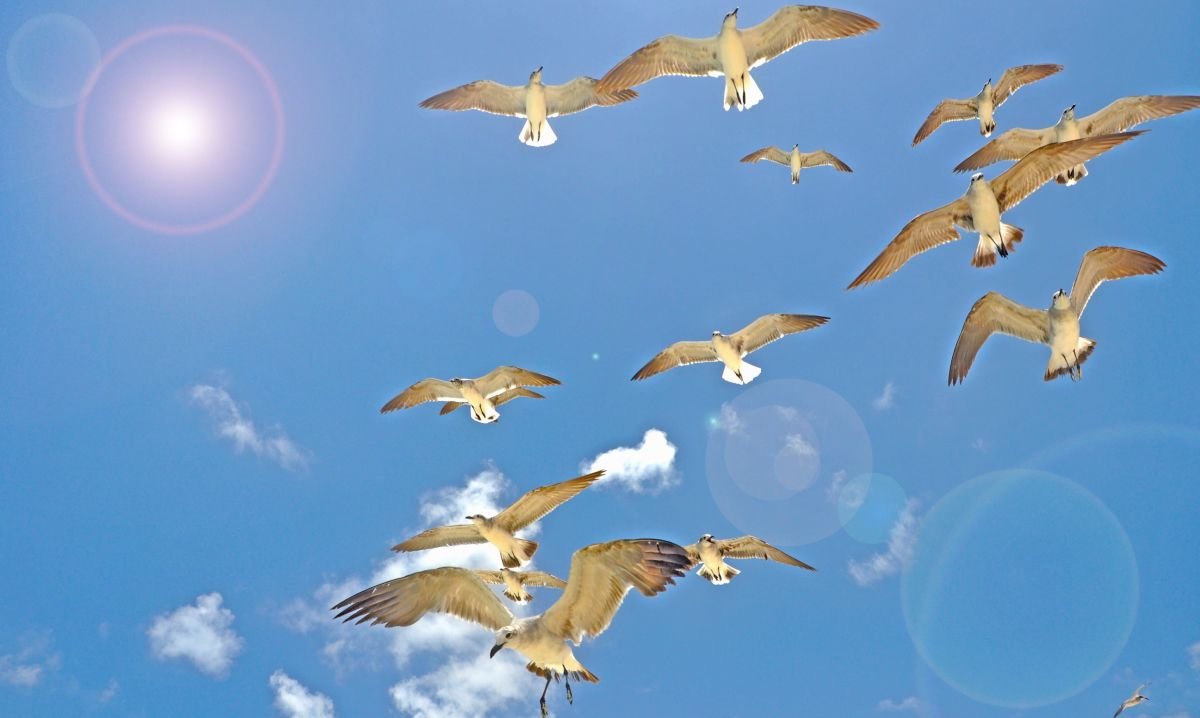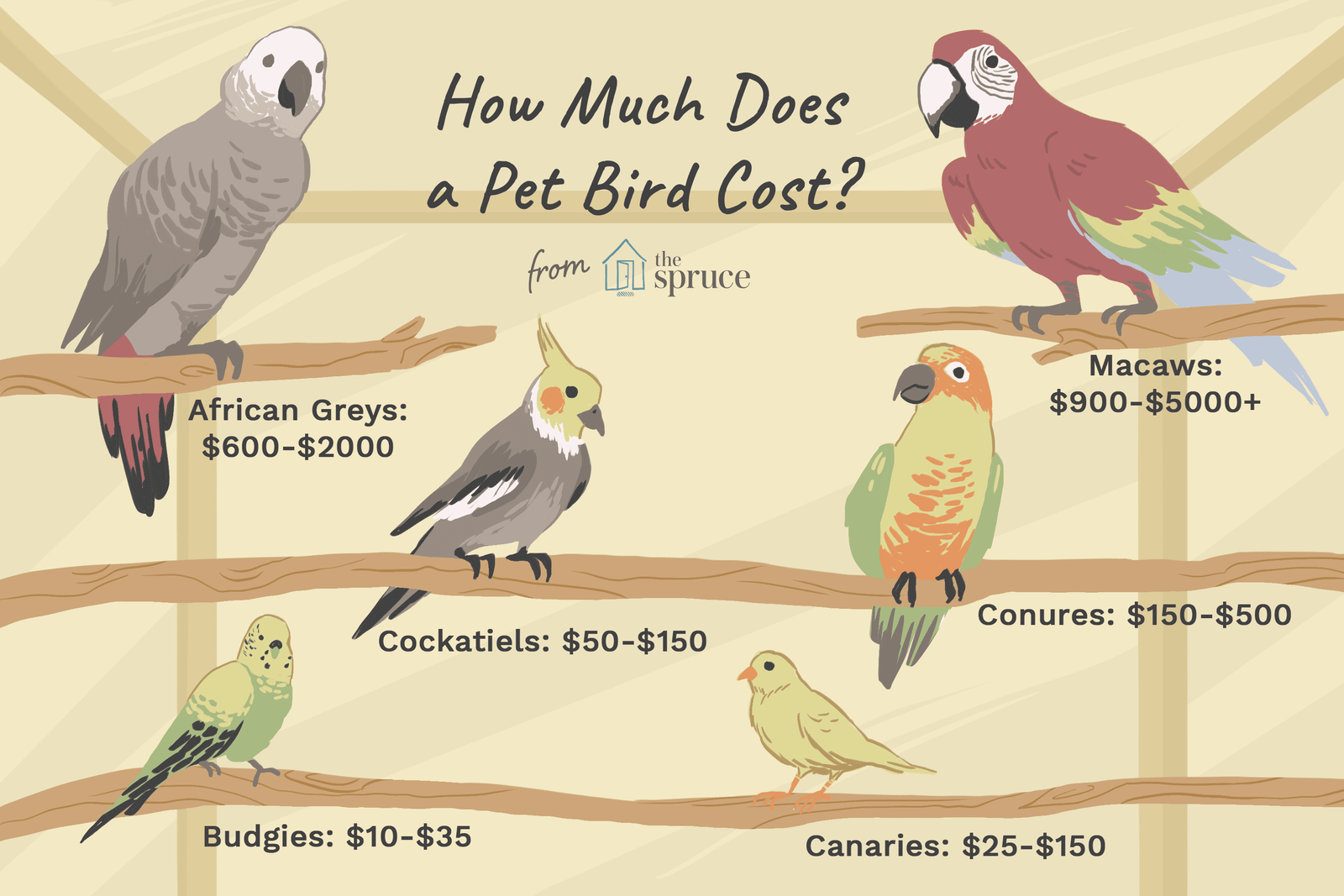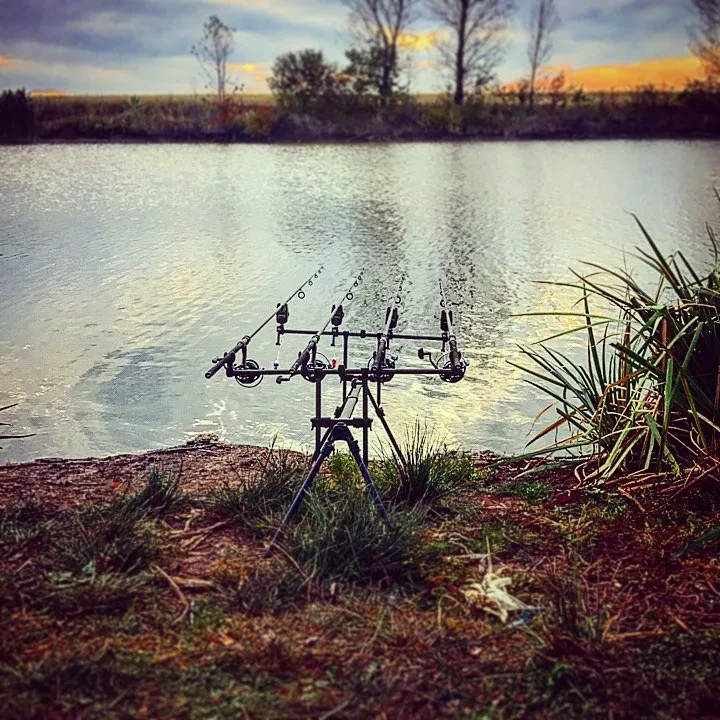Introduction
Imagine stepping into your backyard and spotting a vibrant Scarlet Tanager or a secretive Indigo Bunting perched at a feeder. For bird lovers in 2025, attracting rare birds is more than a hobby—it’s a rewarding way to connect with nature.
If you’re wondering how to attract rare birds to your backyard with simple feeders, you’re in the right place. This article will walk you through practical, beginner-friendly steps to turn your outdoor space into a haven for uncommon avian visitors—all without breaking the bank or needing fancy equipment.
With a few tweaks to your feeder setup and some insider tips, you can invite these elusive beauties to your yard. Whether you’re new to birdwatching or a seasoned enthusiast, these strategies are designed to be simple, effective, and optimized for success in today’s eco-conscious world. Let’s get started!
Why Attract Rare Birds?
Rare birds—like the Painted Bunting, Evening Grosbeak, or even the occasional Rose-breasted Grosbeak—bring a splash of wonder to any backyard. Unlike common sparrows or cardinals, these species are less frequent visitors, making their appearances a special treat. Plus, in 2025, with habitat loss and climate shifts affecting bird populations, offering a safe feeding spot can support conservation efforts while delighting you with nature’s rarities.
The key? It’s all about understanding what these birds need and tailoring your approach with simple feeders. Here’s how to make it happen.
1. Choose the Right Feeders
Not all feeders are created equal, especially when targeting rare birds. Simple doesn’t mean boring—select designs that cater to the feeding habits of uncommon species.
- Platform Feeders: Open trays attract ground-feeding birds like grosbeaks or buntings. Keep them elevated to deter squirrels.
- Tube Feeders with Small Ports: These work for finches and other small-beaked rarities. Look for models with perches suited to tiny feet.
- Suet Feeders: Rare woodpeckers or nuthatches love suet. A basic cage feeder hung in a shady spot does the trick.
In 2025, eco-friendly bamboo or recycled plastic feeders are trending—affordable, sustainable, and perfect for your birdwatching goals.
2. Offer Specialty Foods
Rare birds often skip the generic seed mixes. To lure them in, stock your feeders with foods they can’t resist:
- Black Oil Sunflower Seeds: A favorite of grosbeaks and tanagers. High in fat, they’re a nutrient-packed draw.
- Nyjer Seeds: Tiny and oil-rich, these attract finches like the Lesser Goldfinch or Pine Siskin.
- Suet Cakes: Mix in berries or insects for woodpeckers or elusive thrushes.
- Fruit: Sliced oranges or grapes can tempt orioles or tanagers passing through.
Avoid cheap fillers like millet or corn—rare birds tend to ignore them. Check local birding forums in 2025 for seasonal food preferences in your area.
3. Place Feeders Strategically
Location matters. Rare birds are often shy and picky about where they eat. Set up your feeders with their comfort in mind:
- Near Cover: Place feeders 10-15 feet from shrubs or trees. This gives birds a quick escape from predators.
- Quiet Spots: Avoid high-traffic areas near patios or noisy streets. Peaceful corners work best.
- Height Variation: Some species prefer low feeders, others high. Experiment with a mix to see what clicks.
In 2025, smart birding apps can map your yard and suggest optimal feeder spots based on local bird activity. Keep it simple but thoughtful.
4. Add a Water Feature
Birds don’t just need food—they need water. A simple birdbath or dripping fountain can be a game-changer for attracting rare visitors.
- Shallow Basins: Keep water 1-2 inches deep with a rough surface for grip.
- Moving Water: A solar-powered dripper or bubbler mimics natural streams, catching the eye of wary species.
- Cleanliness: Refresh water every few days to prevent stagnation.
In today’s climate-aware world, a small water source could be the edge that brings a rare warbler or bunting to your yard.
5. Time It Right
Rare birds often migrate or shift feeding patterns seasonally. Timing your feeder setup can make all the difference:
- Spring and Fall: Migration seasons are prime for spotting rarities like warblers or flycatchers.
- Early Morning: Many birds feed at dawn. Have your feeders ready by sunrise.
- Winter Boost: In colder months, suet and seeds can attract unexpected visitors like the Pine Grosbeak.
Check 2025 migration forecasts online—sites like eBird offer real-time data to help you plan.
6. Create a Natural Habitat
Feeders alone won’t cut it—rare birds need a welcoming environment. Enhance your yard with these easy additions:
- Native Plants: Bushes like elderberry or trees like oak provide food and shelter. They’re low-maintenance and bird-friendly.
- No Pesticides: Chemicals scare off insects that birds eat. Go organic in 2025 for a thriving ecosystem.
- Brush Piles: A stack of branches offers hiding spots for shy species.
A natural yard paired with simple feeders is a magnet for uncommon guests.
7. Keep Feeders Clean and Safe
Dirty feeders can deter birds—or worse, harm them. Rare species are especially sensitive to hygiene:
- Weekly Cleaning: Scrub feeders with a vinegar solution to remove mold or bacteria.
- Predator Proofing: Use baffles to keep cats and hawks at bay.
- Fresh Food: Toss soggy or old seeds. Quality matters.
A clean setup shows rare birds your backyard is a safe pitstop.
8. Be Patient and Observant
Attracting rare birds isn’t instant—it takes time. Watch your feeders daily and note who visits:
- Binoculars Handy: Spot subtle markings to identify rarities.
- Log Sightings: Apps like Merlin Bird ID track what’s showing up, helping you tweak your approach.
- Adjust as Needed: If a feeder’s empty, try a new food or spot.
Patience pays off when that first rare bird finally lands.
9. Join the Birding Community
In 2025, birdwatching is more connected than ever. Tap into local groups or online forums:
- Ask for Tips: Fellow birders can share what’s worked for them locally.
- Rare Bird Alerts: Sign up for notifications about sightings near you.
- Share Your Wins: Posting photos could inspire others and confirm your visitors.
Community wisdom can fast-track your success with minimal effort.
10. Avoid Overcomplicating It
The beauty of this process lies in its simplicity. You don’t need expensive gadgets or elaborate setups. Stick to basic feeders, quality food, and a little TLC for your yard. Overdoing it—say, with loud decoys or fake calls—can scare rare birds away. Keep it natural, keep it easy.
FAQs
1. What’s the easiest feeder for rare birds?
A platform feeder with sunflower seeds is a great start—simple and appealing to many uncommon species.
2. How long does it take to attract rare birds?
It varies, but with the right setup, you might see results in a few weeks. Migration seasons speed things up.
3. Can I use store-bought birdseed mixes?
Yes, but avoid cheap ones with fillers. Opt for mixes heavy on sunflower or Nyjer seeds.
4. Do rare birds visit urban backyards?
Absolutely! Even city yards can draw migrants if you offer food, water, and cover.
5. What if I don’t see rare birds after trying?
Be patient—adjust feeder placement or food, and check local birding reports for timing tips.
Conclusion
Turning your backyard into a hotspot for rare birds is within reach for anyone willing to try. By focusing on how to attract rare birds to your backyard with simple feeders, you can enjoy the thrill of spotting unique species without fuss or fanfare. From choosing the right feeder to offering irresistible snacks, these steps blend practicality with passion. In 2025, as nature faces new challenges, your efforts can make a difference—one bird at a time.
Ready to welcome some feathered VIPs? Start small, stay consistent, and watch your backyard transform. Check out the FAQs below for extra guidance, and happy birdwatching!









